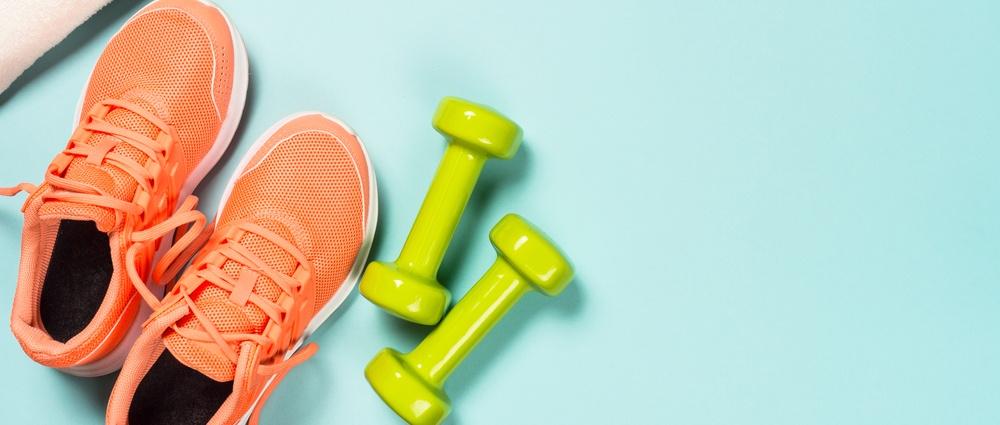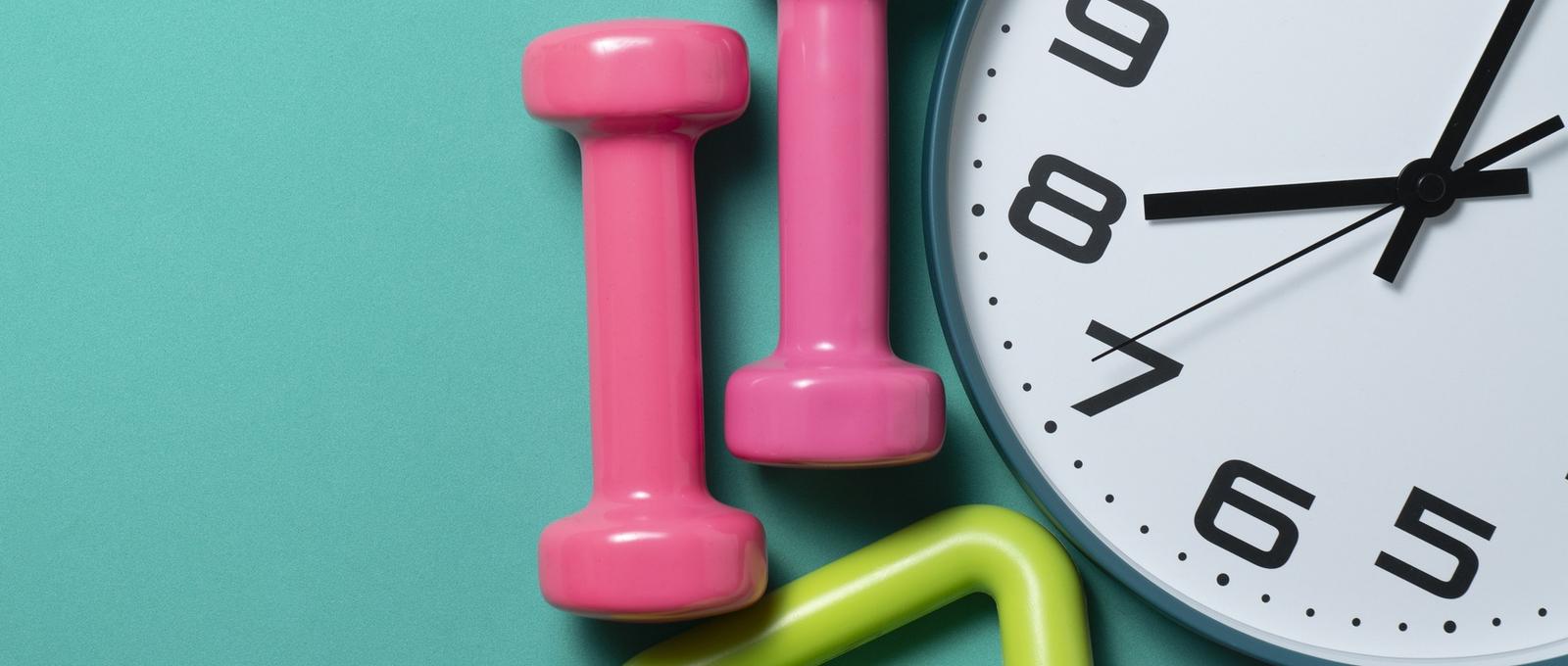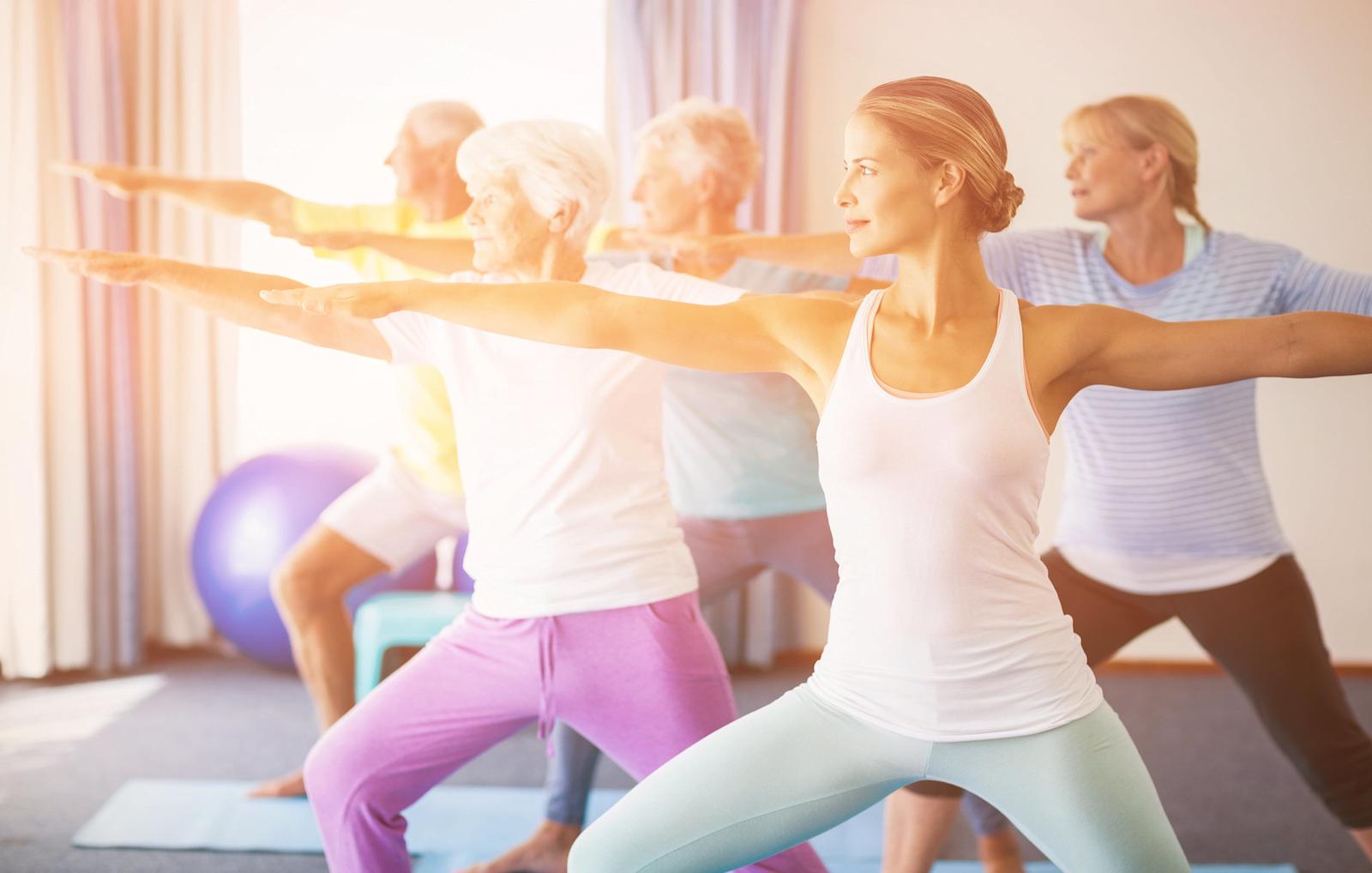
What are the long-term benefits of exercise?
Peer reviewed by Dr Colin Tidy, MRCGPLast updated by Lynn StephenLast updated 21 Sept 2025
Meets Patient’s editorial guidelines
- DownloadDownload
- Share
- Language
- Discussion
Staying active helps us to improve our flexibility, weight management, and mental health - and its effects can be seen almost immediately. But doing regular exercise also helps you stay healthier for longer in later life.
In this article:
It's no secret we are spending an increasing amount of time sitting down. As technology advances, our screen time increases. This time may be spent on our phones, looking at our work screens, or watching television. It's not surprising the average person is sitting down for 9 to 10 hours a day.
As we age, our bones become weaker as their density decreases. Our hearts have to work harder as our blood vessels stiffen, and our metabolisms slow down. This increases the likelihood of weight gain and certain health conditions.
Although there are few ways to avoid our work screens, it is likely you are able to counteract or delay these health issues, simply by staying active.
An American Cancer Society study found a link between long periods of leisure time sitting and a higher chance of death caused by heart disease, high blood pressure, high cholesterol, and type 2 diabetes. Making sure we get more activity into our lives - even light activity - could help us live for longer.
Continue reading below
Just move
The majority of advice for staying active, especially if you are new to exercise, is to move more. This needn't be running marathons or attending every Zumba class you can find. It's as much about increasing your activity on a day-to-day basis simply by taking walks after dinner, squatting whilst brushing your teeth or just getting some extra steps in whilst you wait for the kettle to boil.
James Robinson, personal trainer of more than 10 years says that we should take any opportunity to strengthen our cardiovascular system.
"I see people parking as close to the gym entrance as possible, to walk on a treadmill for 30 minutes."
He explains that increasing your non-exercise tasks, such as taking the stairs instead of the escalator, parking further away from the entrance of the supermarket or taking short breaks to walk around your office, are great ways to incorporate more activity. These will help strengthen your cardiovascular system and reduce your chance of many health conditions further down the line.
James adds that through exercise, we learn about our bodies. He has, on occasion, found his clients have discovered a number of pre-existing conditions through exercising, including hypermobility and anaemia.
He says: "Exercising is a great way of understanding your body, its capabilities and its limits. By educating ourselves, we are hopefully able to address any issues and live longer, healthier lives. It is never too late to start and it's possible to improve your fitness by increasing your physical activity at any age."
Strengthening your joints
In addition to increasing your day-to-day activity, including certain exercises in your workouts can strengthen the muscles that protect and support your joints.
This is especially important for those who have joint pain, stiffness and arthritis. Contrary to popular belief, avoiding exercise due to joint pain can actually lead to muscles becoming weaker, therefore causing more pain when moving joints. Arthritis Action advises it is vital to stay active or increase your level of activity to help reduce pain and improve joint movement.
Appropriate strength training - using weight to gradually build muscle - is particularly beneficial, and can range from body weight exercises to incorporating additional weights such as dumbbells and kettlebells.
Continue reading below
Psychological benefits
As beneficial as exercise is to your body in the long term, it can also be helpful to your mental health in a number of ways. Mental Health charity, Mind, reports there have been many studies, which show physical activity can improve mental health.
Some of the psychological benefits of exercise include:
Better mood - there are a number of feel-good chemicals your body releases when you exercise, improving your outlook and making you feel happier. Not only this, but it is likely you will feel more energised after your workout than you did before, setting you up well for a productive day.
Managing stress and anxiety - exercise doesn't just produce feel-good hormones, it can also help lower the levels of stress-related hormones in your body. Therefore, it goes without saying, less of these hormones should help alleviate feelings of stress and anxiety.
Better sleep - naturally, being happier and having lower levels of stress and anxiety should aid with your sleep quality. Most people should avoid strenuous workouts later on in the evening. However, yoga and stretching can help you relax and unwind for a better night's rest.
Although there are many pressures we all face in life, simple lifestyle changes can counterbalance the inevitable time you will spend sitting inactive. They may only show small benefits to begin with, but your body and mind will thank you for your time and effort when you are able to stay healthy and active, well into your later years.
Patient picks for Exercise and physical activity

Healthy living
Why sitting ruins our health - and how 22 minutes of exercise could help
For many of us, a working day involves spending several hours at a time sitting in front of a computer - and it's having a serious effect on our health. But research suggests that 22 minutes of moderate to vigorous exercise per day may reduce the negative health impacts of a sedentary lifestyle.
by Victoria Raw

Bones, joints and muscles
Best exercises for your joints
You may have concerns about the impact exercise has on your joints, especially if you already have joint pain or stiffness. However, regular physical activity can be helpful in protecting healthy joints and even for relieving joint pain in some cases. The key is to choose exercises that are low-impact, improve flexibility, and build up the muscles around the joints. Here we chat to fitness expert, Laura Williams, about what the best exercises are for your joints.
by Heather Ainsworth
Continue reading below
Article history
The information on this page is peer reviewed by qualified clinicians.
Next review due: 21 Sept 2028
21 Sept 2025 | Latest version
16 Feb 2020 | Originally published
Authored by:
Priya Patel

Ask, share, connect.
Browse discussions, ask questions, and share experiences across hundreds of health topics.

Feeling unwell?
Assess your symptoms online for free
Sign up to the Patient newsletter
Your weekly dose of clear, trustworthy health advice - written to help you feel informed, confident and in control.
By subscribing you accept our Privacy Policy. You can unsubscribe at any time. We never sell your data.